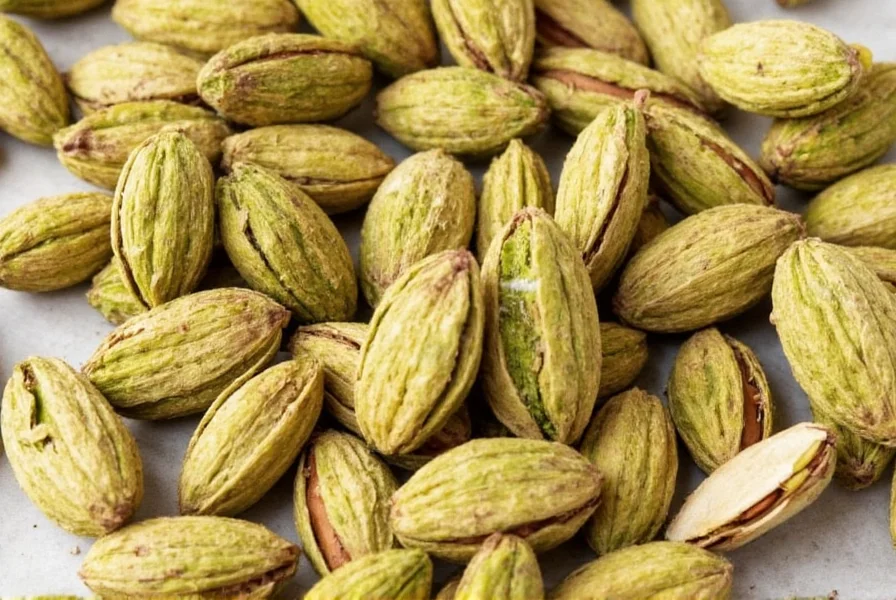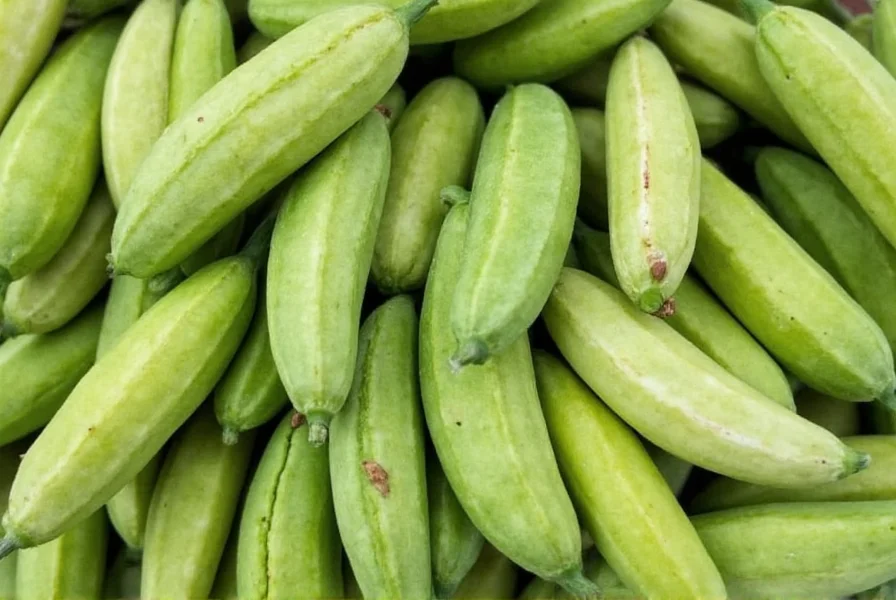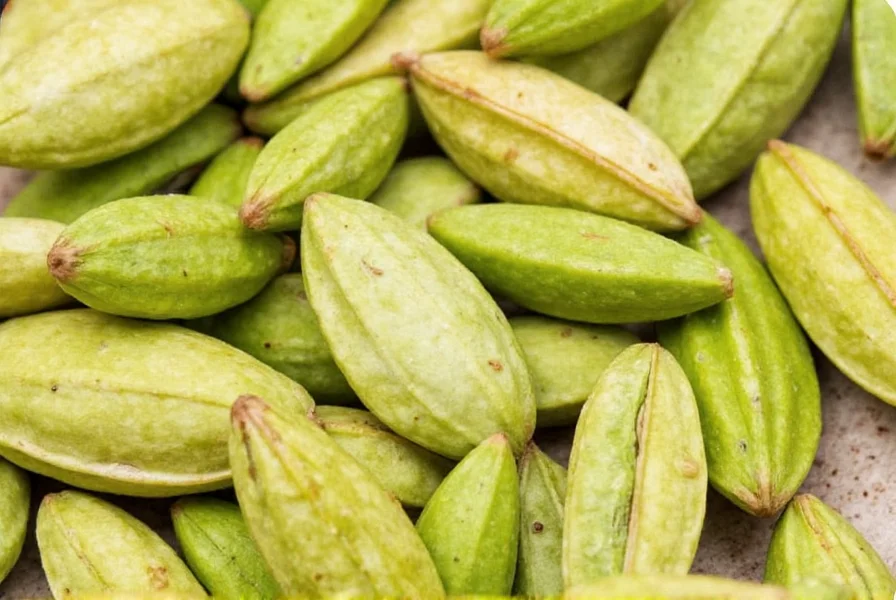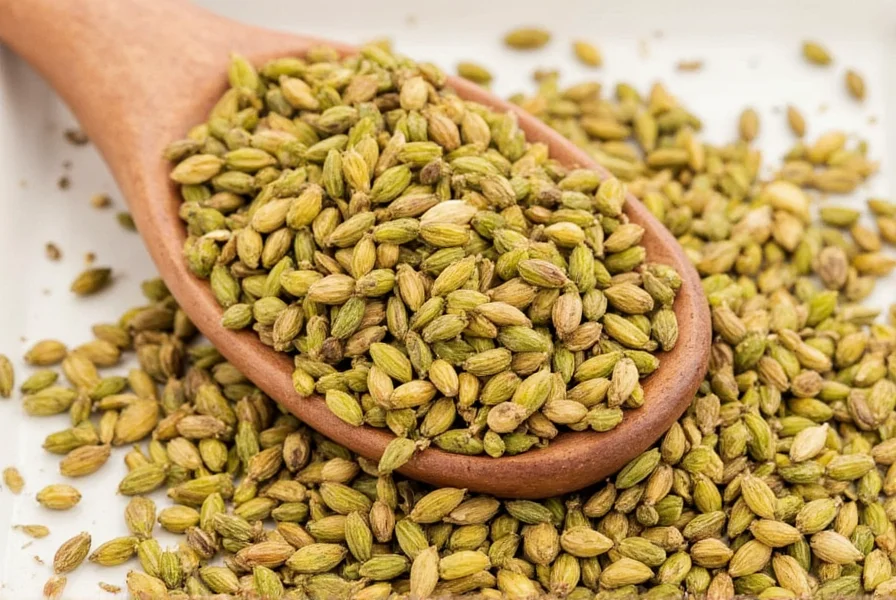Table of Contents
What Is Cardamom Ground?
Cardamom ground is a finely crushed form of the cardamom pod, one of the world's most aromatic and valuable spices. Native to India's Western Ghats, this spice has been used for centuries in culinary and traditional medicine across cultures. The green pods are harvested, dried, and ground into a fine powder with a complex flavor profile combining sweet, floral, citrusy notes and warm spicy undertones.

Cardamom Ground Uses in Culinary Applications
Cardamom ground is a versatile spice used globally across cuisines. Its unique flavor enhances both sweet and savory dishes, making it essential in many traditional recipes and modern cooking innovations.
- Traditional Indian Cuisine: Key ingredient in chai tea, biryani, garam masala, and desserts like gulab jamun and kheer
- Middle Eastern & Mediterranean: Used in Arabic coffee (qahwa), baklava, rice pilaf, and meat marinades
- Scandinavian Baking: Essential for kanelbullar (cardamom buns), gingerbread, and other holiday treats
- Beverage Enhancement: Perfect for coffee, tea, hot chocolate, and mulled wine
- Savory Applications: Adds depth to curries, stews, roasted vegetables, and spice rubs for meats

Proper Cardamom Ground Storage Techniques
Cardamom ground loses potency quickly when exposed to air, light, and moisture. Follow these expert storage methods to maintain freshness for up to 6 months:
- Use Airtight Containers: Store in glass jars with tight-sealing lids or vacuum-sealed bags to prevent oxidation
- Keep in Cool, Dark Places: Avoid heat sources like stovetops or ovens; pantry shelves away from windows are ideal
- Refrigerate or Freeze for Long-Term: For storage beyond 3 months, place in the refrigerator or freezer in a moisture-proof container
- Label Clearly: Include purchase date and grind date to track freshness
Properly stored cardamom ground retains its vibrant green color and strong aroma. If it turns dull brown or loses fragrance, it's time to replace it.
Cardamom Ground Buying Guide: Quality Factors & Trusted Brands
| Quality Factor | Importance | Expert Guidance |
|---|---|---|
| Origin | High | Indian (Mysore) and Guatemalan cardamom are premium varieties. Look for "true cardamom" labeling to avoid inferior substitutes |
| Color | High | Vibrant green indicates freshness. Avoid brown or dull-colored powder which suggests age or poor processing |
| Aroma | High | Strong sweet-floral scent with citrus notes. Musty or weak smell indicates old or low-quality product |
| Grind Consistency | Medium | Finely ground for baking and beverages; slightly coarser for savory applications and spice blends |
| Brand Reputation | Medium | Trusted brands: McCormick (consistent quality), La Tourangelle (organic options), and specialty spice merchants like Penzeys or Spice House |
When purchasing cardamom ground, prioritize freshness over price. Buy from reputable spice merchants who rotate stock frequently. Avoid bulk bins where exposure to air accelerates degradation.
Expert Cooking Tips for Cardamom Ground
Maximize cardamom ground's flavor potential with these professional techniques:
- Start Small: Begin with 1/8 teaspoon per serving and adjust. Its potent flavor easily overwhelms dishes
- Toast Before Use: Lightly toast in a dry pan for 30 seconds to release aromatic oils before grinding (if using whole pods)
- Combine with Complementary Spices: Works beautifully with cinnamon, cloves, nutmeg, and vanilla in baking; pairs well with cumin and coriander in savory dishes
- Infuse Liquids: Add to milk, coffee, or syrups while heating to extract maximum flavor
- Use in Spice Blends: Essential component of garam masala, ras el hanout, and chai spice mixes

Cardamom Ground FAQs: Expert Answers
What's the difference between cardamom ground and whole cardamom pods?
Whole pods contain seeds that need grinding before use. Ground cardamom offers convenience and even flavor distribution but loses potency faster. For best results, grind whole pods just before use when possible.
Can I substitute cardamom ground for whole cardamom?
Yes, but adjust quantities. Generally, 1 cardamom pod equals 1/6 teaspoon ground cardamom. For recipes requiring whole pods (like infusing in liquids), use ground cardamom only if the recipe specifically allows it.
Is cardamom ground the same as green cardamom?
Yes, cardamom ground is made from green cardamom pods. Black cardamom is a different variety with smokier flavor and is not interchangeable. Always check labels for "green cardamom" to ensure authenticity.
What are the best recipes for cardamom ground?
Top applications include: Indian chai tea, Scandinavian cardamom buns, Middle Eastern coffee, baked goods like gingerbread and snickerdoodles, and savory dishes like lamb curries and rice pilafs.
How do I know if my cardamom ground is fresh?
Fresh cardamom ground has a vibrant green color and strong sweet-floral aroma. If it appears dull brown or lacks scent, it's past its prime. For best results, purchase small quantities and use within 3 months.

Conclusion
Cardamom ground is a culinary powerhouse that elevates both sweet and savory dishes with its complex flavor profile. By understanding proper storage techniques, selecting high-quality products, and applying expert cooking methods, you can maximize this versatile spice's potential in your kitchen. Whether you're making traditional chai or modern desserts, cardamom ground adds a touch of global sophistication to every dish.










 浙公网安备
33010002000092号
浙公网安备
33010002000092号 浙B2-20120091-4
浙B2-20120091-4